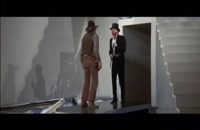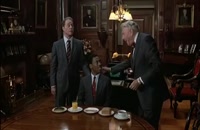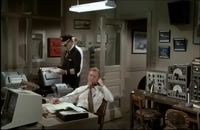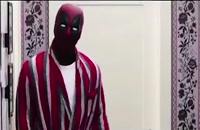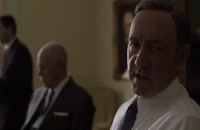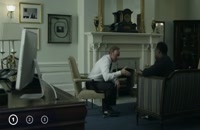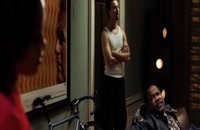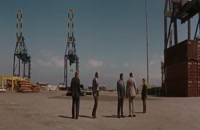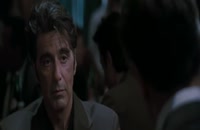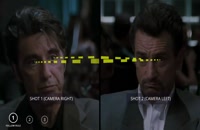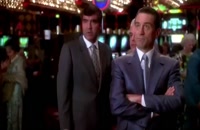میزانسن : تئوری رنگ ها و سبک وس اندرونی، شخصیت های غمگین در دنیایی رنگارنگ
لینک مقاله: http://www.se7enart.ir/news/32
Color Theory and Wes Anderson's Style — Sad Characters in a Colorful World
inal Takeaways on Wes Anderson's Style 08:13 Learn More About Color Theory in Film Wes Anderson — a filmmaker with a completely distinct visual style (aka the "Wes Anderson Style"), and a director with an eye for color psychology. In fact, of all his director trademarks found in films like Rushmore, The Grand Budapest Hotel, and Fantastic Mr. Fox, it is his color palette that invites the most praise and analysis. In this video essay, we’ll take a specific look at how Wes Anderson often uses a bright and saturated color palette to balance out the darker subject matter of his films. Color theory (or color psychology) suggests that certain colors have particular characteristics in how we relate to them. The color wheel, in other words, might represent the gamut of all human emotions. In Wes Anderson movies, he doesn’t typically favor one color over another — but he does use color palettes that pop on screen. In movies like The Royal Tenenbaums, The Life Aquatic with Steve Zissou, and The Darjeeling Limited, the production design is a feast of colors. But considering the subject matter of those films (dysfunctional families, revenge, death), the color palettes don’t quite fit. And that’s the interesting part of the Wes Anderson style — the tone is balanced with contrasting color schemes. With such bright and saturated fairy tale color palettes, Wes Anderson movies can touch on deep, existential issues without bumming people out
Color Theory and Wes Anderson's Style — Sad Characters in a Colorful World
inal Takeaways on Wes Anderson's Style 08:13 Learn More About Color Theory in Film Wes Anderson — a filmmaker with a completely distinct visual style (aka the "Wes Anderson Style"), and a director with an eye for color psychology. In fact, of all his director trademarks found in films like Rushmore, The Grand Budapest Hotel, and Fantastic Mr. Fox, it is his color palette that invites the most praise and analysis. In this video essay, we’ll take a specific look at how Wes Anderson often uses a bright and saturated color palette to balance out the darker subject matter of his films. Color theory (or color psychology) suggests that certain colors have particular characteristics in how we relate to them. The color wheel, in other words, might represent the gamut of all human emotions. In Wes Anderson movies, he doesn’t typically favor one color over another — but he does use color palettes that pop on screen. In movies like The Royal Tenenbaums, The Life Aquatic with Steve Zissou, and The Darjeeling Limited, the production design is a feast of colors. But considering the subject matter of those films (dysfunctional families, revenge, death), the color palettes don’t quite fit. And that’s the interesting part of the Wes Anderson style — the tone is balanced with contrasting color schemes. With such bright and saturated fairy tale color palettes, Wes Anderson movies can touch on deep, existential issues without bumming people out


